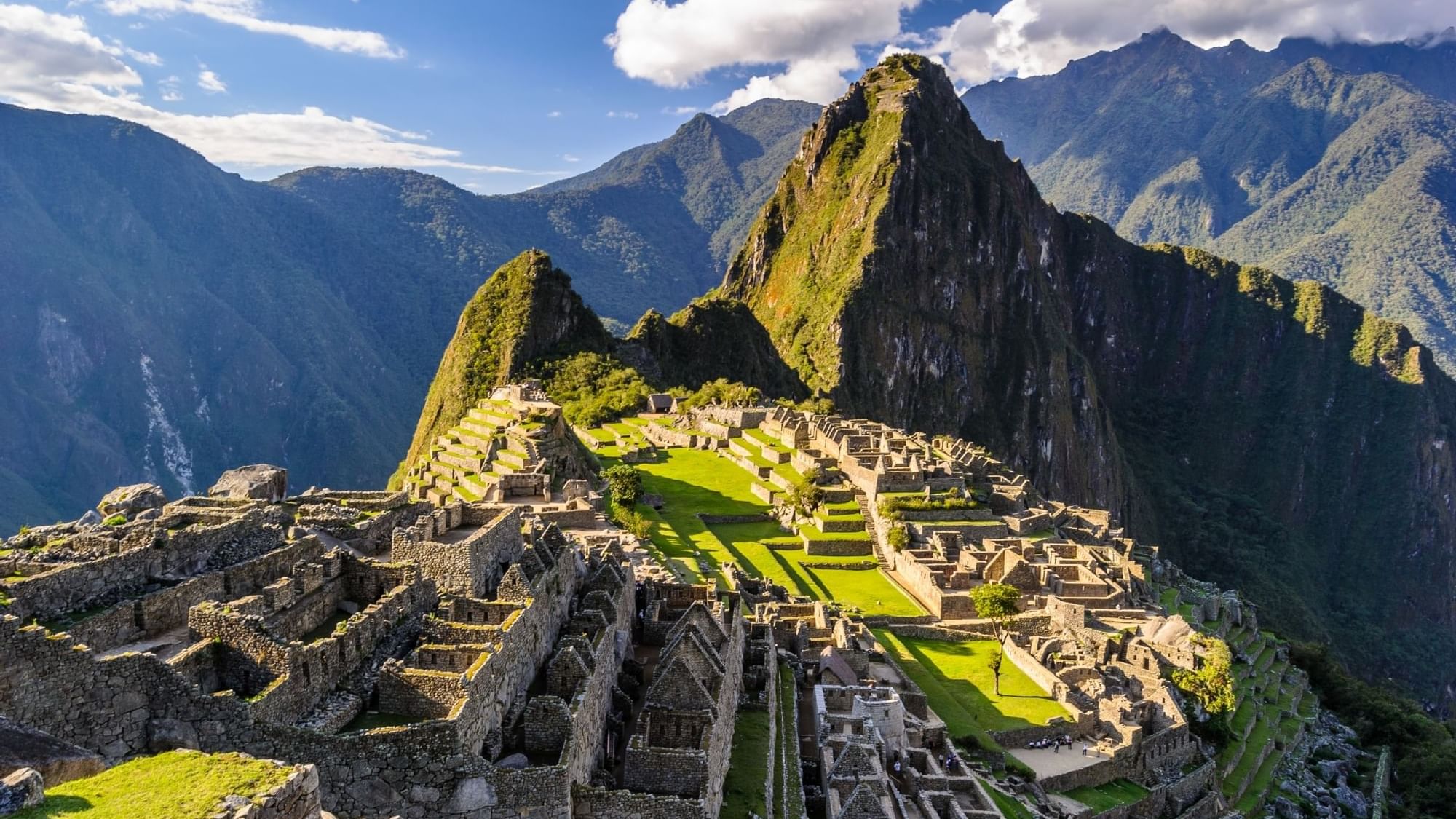The 5 Most Popular Myths About Machu Picchu and the Truth Behind Them
Machu Picchu, the ancient Inca city situated high in the Peruvian Andes, is a world-renowned tourist destination and a UNESCO World Heritage Site. Over the years, this enigmatic place has been the subject of numerous myths and legends that have captivated the imaginations of those who visit. In this article, we will unravel five of the most popular myths about Machu Picchu and reveal the truth behind them.
Myth: Machu Picchu was a lost and unknown city until its discovery in 1911.
Reality: Although Hiram Bingham, an American explorer, is often credited with the discovery of Machu Picchu in 1911, the truth is that this architectural marvel was not entirely unknown. Local inhabitants knew of its existence, and there are records that suggest other explorers and adventurers visited the site before Bingham. However, it was Bingham who made it known to the world and ignited scientific and tourist interest in the citadel.
Myth: Machu Picchu was built as a refuge for the Inca elite.
Reality: While Machu Picchu was a significant religious, political, and cultural center for the Incas, there is no solid evidence to support the theory that it was built as a refuge for the nobility. Some studies suggest that it may have been a resting and recreation place for the Inca ruler Pachacútec and his entourage, while others believe it may have been a worship center to the sun god, Inti.
Myth: Machu Picchu is the "Lost City of the Incas."
Reality: Although Machu Picchu is often referred to as the "Lost City of the Incas," this title is actually a misnomer. The true "lost city" that historians are seeking is Vilcabamba, the last capital of the Inca Empire during their resistance against the Spanish conquerors. Machu Picchu is a significant Inca site, but it is not the city that researchers have been looking for centuries.
Myth: Machu Picchu was built with extraterrestrial technology.
Reality: It is true that the architecture and the ability of the Incas to build structures like Machu Picchu with such precision and without the use of mortar is impressive, but attributing this to extraterrestrial intervention is an exaggeration. The Incas were master builders who employed advanced techniques for their time, such as the use of wooden wedges and water to break stones and fit them precisely. There is no evidence whatsoever of extraterrestrial intervention in the construction of Machu Picchu.
Myth: Machu Picchu is built on an earthly magnetic axis.
Reality: Some people believe that Machu Picchu was built on a special energy point or an earthly magnetic axis, which would grant it unique mystical and energetic properties. While it is true that the Incas had a deep understanding of astronomy and geography, there is no scientific evidence to support the idea that Machu Picchu is located on a special magnetic axis. The choice of location for the citadel was probably due to strategic, cultural, and religious reasons, rather than the presence of some sort of mysterious energy.
In conclusion, Machu Picchu remains a place full of mystery and intrigue, and it is natural that myths and legends arise around it. However, it is essential to consider archaeological research and findings to separate reality from fiction. While some of the most popular theories have been debunked, the legacy of the Incas and the magnificence of Machu Picchu continue to captivate visitors from around the world.
Understanding the truth behind these myths allows us to appreciate even more the historical and cultural richness of Machu Picchu and the Inca civilization that built it. By visiting this impressive archaeological site, we are not only witnessing an architectural wonder, but also immersing ourselves in a fascinating history and the heritage of a people who left a lasting legacy over time.
Do not forget that you can stay at our hotel in Machu Picchu, so that you can discover all the majesty of the Inca sanctuary.
